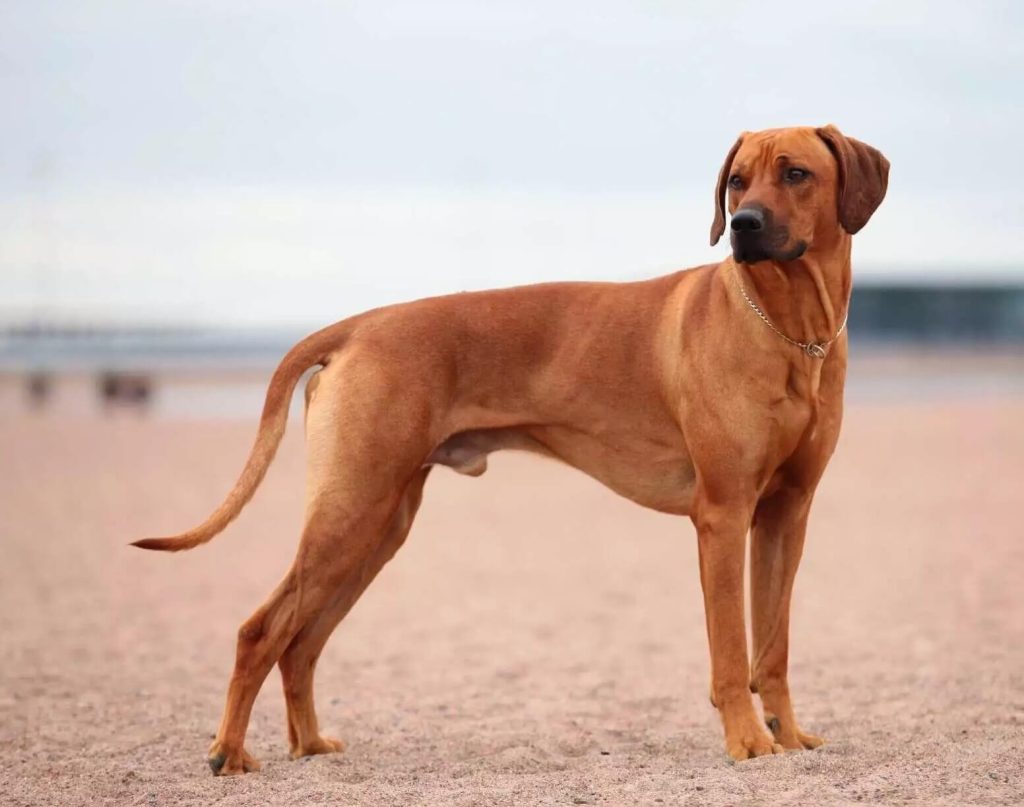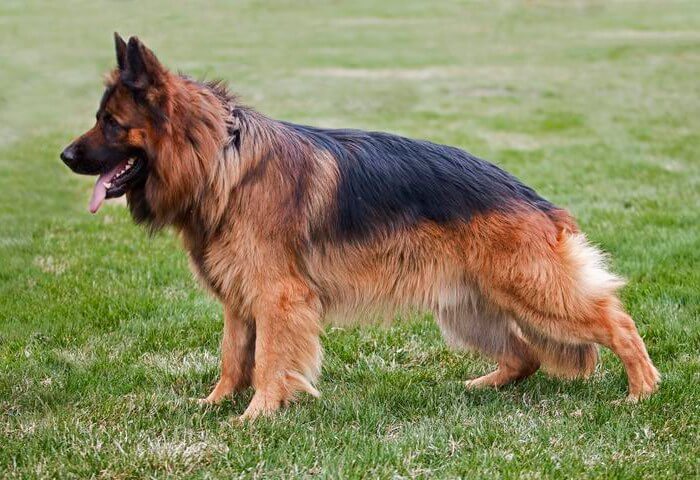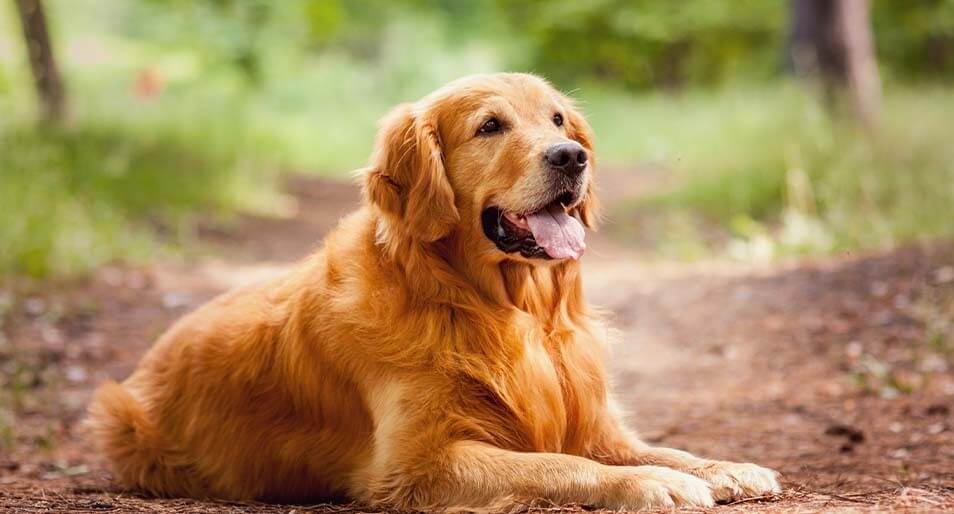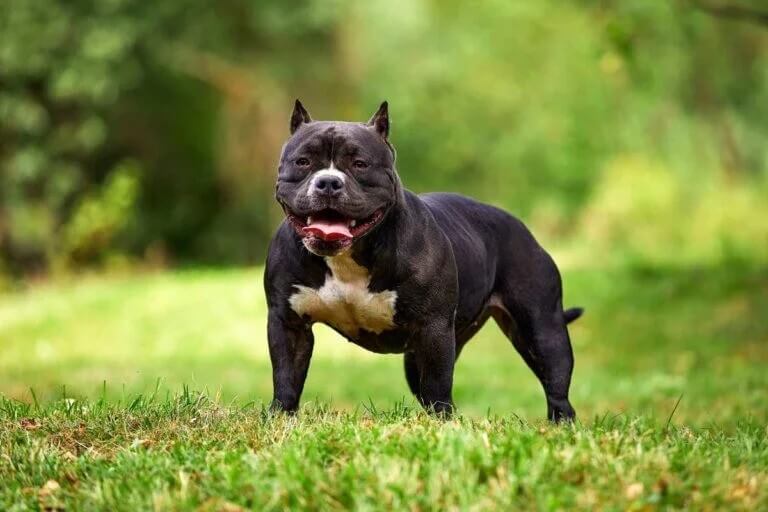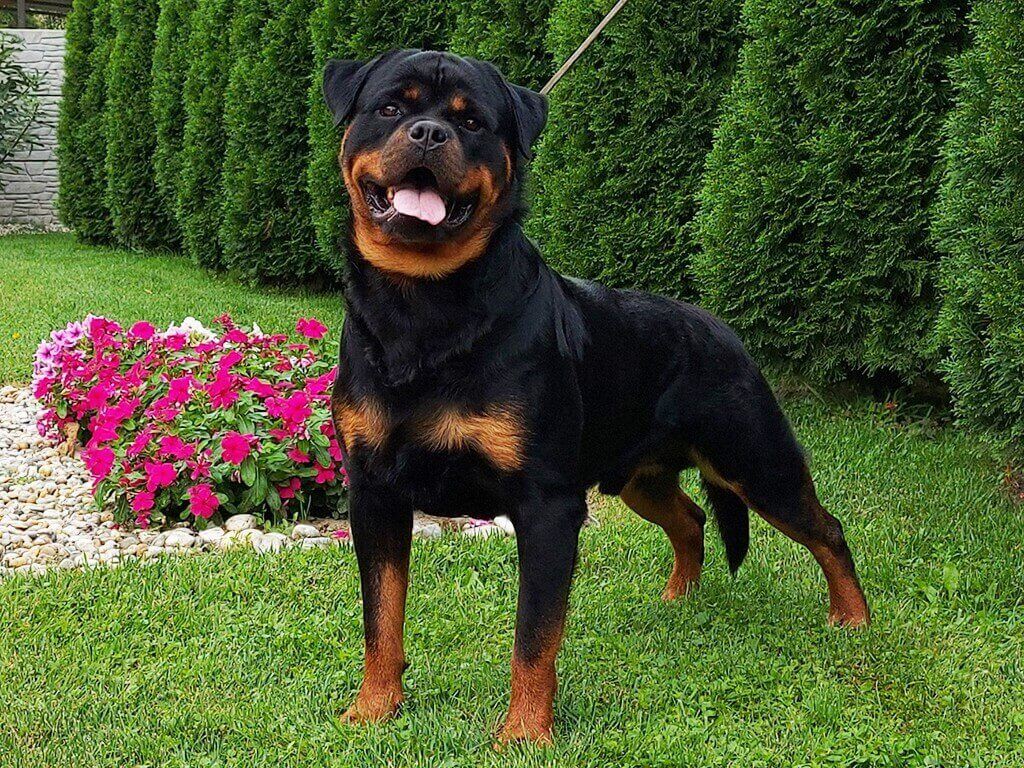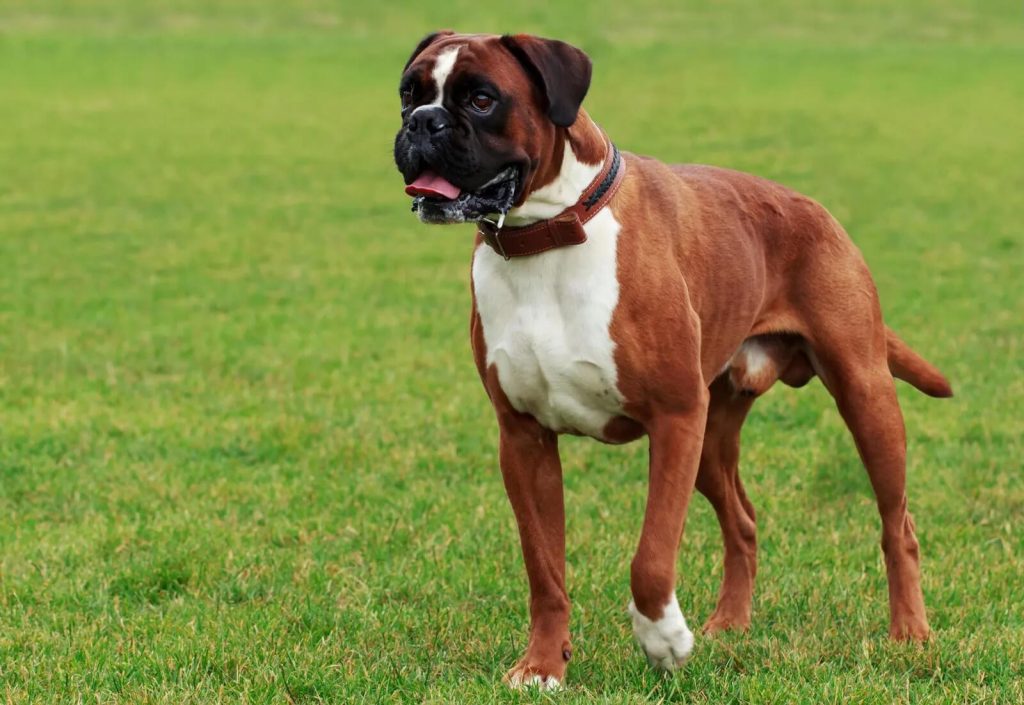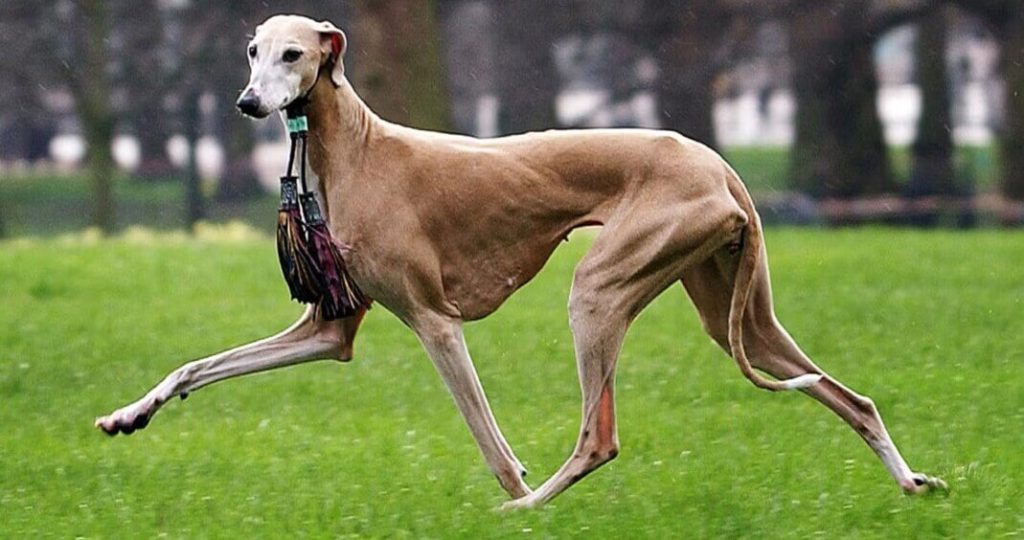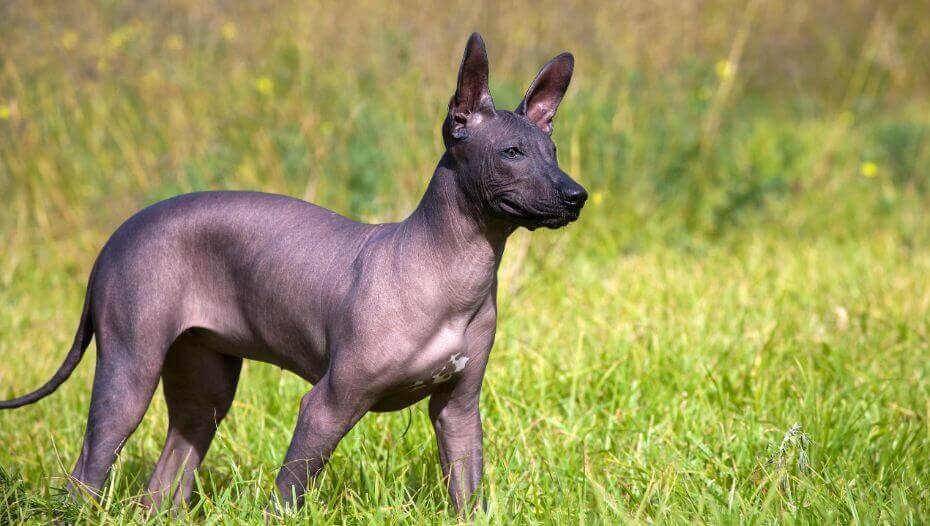🐕 Ridgeback Dog – The Courageous and Loyal Protector
🌍 Introduction
The Ridgeback Dog, often known for the distinctive “ridge” of hair along its back, is a powerful, intelligent, and loyal breed that commands attention. Originally bred for hunting and guarding, this breed is both fearless and affectionate. Whether you’re drawn to their noble appearance or their steadfast nature, Ridgebacks offer a unique blend of strength and sensitivity.
📜 History and Origin
The Ridgeback’s story begins in southern Africa, where it was originally known as the **Rhodesian Ridgeback**. Bred by crossing native dogs with European breeds such as Great Danes and Greyhounds, the Ridgeback was designed to track and corner lions, not to kill, but to hold them at bay for hunters.
This lion-hunting background has made the Ridgeback a symbol of bravery and endurance, qualities that still define the breed today.
🧬 Breed Characteristics
The Ridgeback has a striking appearance and a strong, athletic build:
- Height: 24 to 27 inches (males), 22 to 25 inches (females)
- Weight: 70 to 85 pounds
- Colors: Light wheaten to red wheaten
- Features: Muscular frame, short coat, distinctive hair ridge along the spine
The hallmark feature is the backward-growing strip of hair on its back, which forms a ridge — hence the name.
🏇 Temperament and Personality
Ridgebacks are dignified, independent, and protective. They form strong bonds with their families and are known for being both loving and loyal. While they can be aloof with strangers, they are rarely aggressive without cause.
Their hunting roots make them confident and sometimes stubborn, so early training and socialization are essential.
🌄 Ideal Environment
These dogs do best in homes with space to roam. A secure, fenced yard is ideal to accommodate their energy and curiosity. They are not suited for apartment life unless exercised regularly.
Ridgebacks appreciate a calm, structured environment and thrive when they’re part of an active family.
🥕 Diet and Nutrition
To keep a Ridgeback healthy and energetic, their diet should include:
- 🍖 High-protein dog food with meat as the first ingredient
- 🥦 Fresh vegetables and complex carbs for energy
- 💧 Plenty of fresh water
Avoid overfeeding, as Ridgebacks can become overweight. Divide meals into two servings a day to help with digestion and energy balance.
🩺 Health and Lifespan
The Ridgeback is a generally healthy breed with a lifespan of 10–12 years. However, like all breeds, they have some potential health concerns:
- 🦴 Hip and elbow dysplasia
- 🧬 Dermoid sinus (a congenital skin condition)
- 🍽️ Bloat or gastric torsion
Routine checkups, proper diet, and exercise are key to a long, healthy life.
🎠 Common Uses
Ridgebacks are highly versatile and excel in various roles:
- 🐾 Family companions
- 🛡️ Guard dogs
- 🏃♂️ Jogging and hiking partners
- 🐶 Obedience and agility competitions
While their hunting days may be behind them, their courage and focus are assets in many modern dog sports.
🧽 Grooming and Maintenance
Ridgebacks are relatively low maintenance, thanks to their short coats. Grooming involves:
- 🪮 Weekly brushing to control shedding
- 🛁 Occasional baths when dirty
- 🦷 Regular dental cleaning and nail trimming
They do shed moderately, but their coat is easy to manage compared to longer-haired breeds.
👨👩👧👦 Compatibility with People
Ridgebacks are loyal to their families and gentle with children, though supervision is needed due to their size and strength. They thrive with confident, experienced owners who can offer firm but kind leadership.
They may not be the best choice for first-time dog owners, but they are wonderful companions for those who understand their independent nature.
🌍 Conservation Status
The Ridgeback is not considered a rare or endangered breed. It enjoys stable popularity in many countries. Breed clubs and responsible breeders are committed to preserving their qualities while promoting ethical breeding standards.
🎉 Fun Facts About Ridgeback Dogs
- 🦁 Ridgebacks were nicknamed “African Lion Hounds” for their role in lion hunting.
- 🛏️ Despite their size, many Ridgebacks love to cuddle and even try to be lap dogs!
- 🎯 Their independent thinking makes them excellent problem-solvers.
- 🏅 They are known for having a strong prey drive and lightning-fast reflexes.
❓ Frequently Asked Questions
Q1: Are Ridgebacks good with other pets?
A: Ridgebacks can get along with other dogs if socialized early, but their prey drive means caution should be used around smaller animals.
Q2: Do Ridgebacks bark a lot?
A: No, they are generally quiet and reserved. They will bark to alert, but they are not nuisance barkers.
Q3: Are Ridgebacks easy to train?
A: They are intelligent but independent. Positive reinforcement works best, and consistency is key.
Q4: How much exercise does a Ridgeback need?
A: Ridgebacks are high-energy dogs that need daily walks, playtime, and mental stimulation to stay healthy and happy.
Q5: Can Ridgebacks live in cold climates?
A: While they adapt well, their short coat offers little insulation, so they may need protection in colder weather.
✅ Conclusion
The Ridgeback Dog is a remarkable breed known for its courage, loyalty, and unique appearance. Whether you’re looking for a faithful guardian, a running partner, or a loving family member, the Ridgeback delivers on all fronts. With proper training, care, and affection, these noble dogs become devoted companions that stand proudly by your side.
